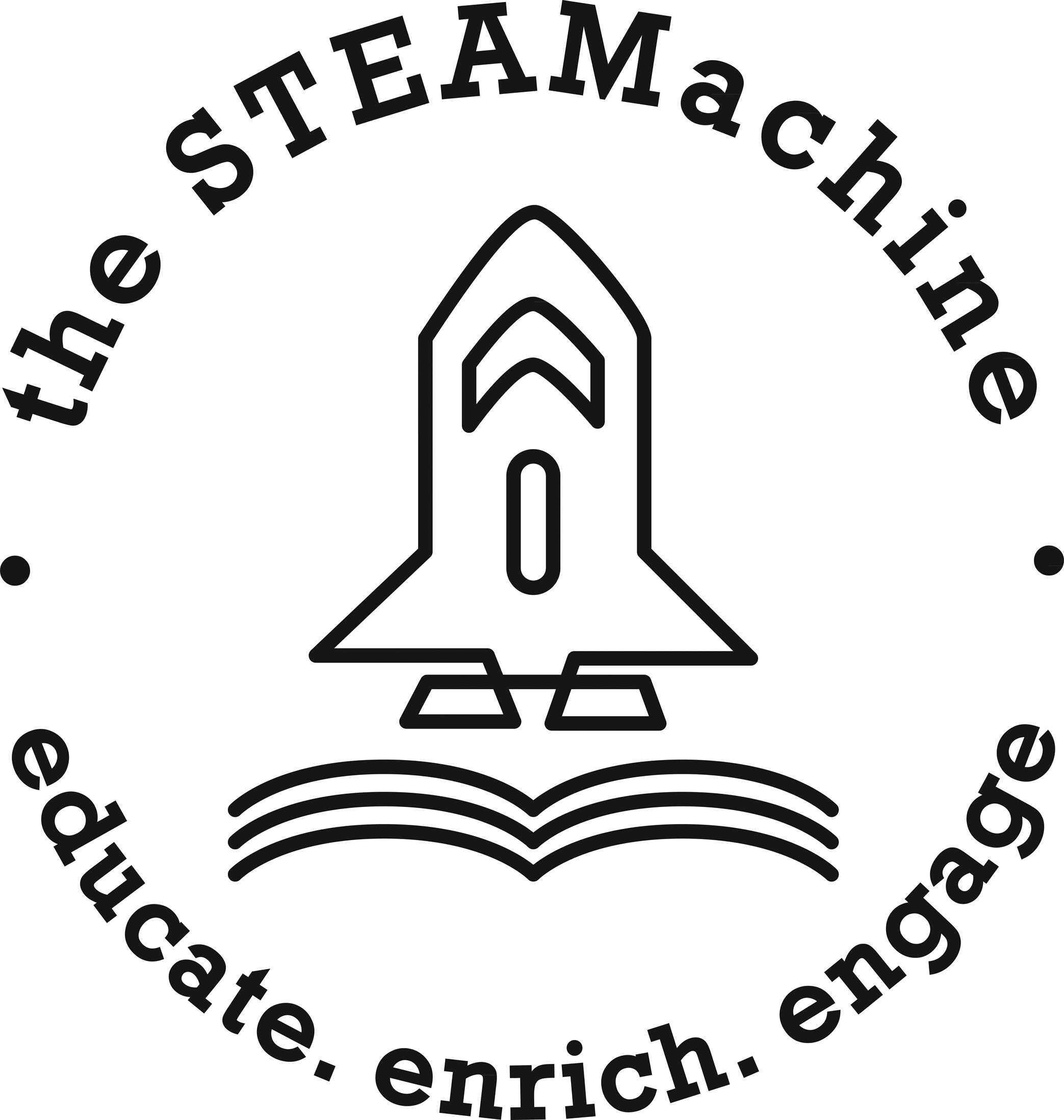Erupting Oranges
Want to know how just two simple ingredients can create a mindblowing eruption? Try out this experiment to learn how reactants and products create chemical reactions as well as what types of products are formed by these reactions!
Materials
1 cup of baking soda
1 cup of vinegar (white)
1 tablespoon of water
1 tablespoon of liquid soap (you probably have dish soap in the kitchen, that works great!)
Small bowl
Tray or plate (help prevent mess)
Squeeze bottle (if you don’t have a squeeze bottle, a spoon works perfectly fine as well!)
Food coloring
Procedure
Step 1
Gather your materials.
Kindergarten - 2nd Grade. . .
- Look at your materials. What do you notice? What do they look like? How do they feel? How do they smell? 2-PS1
Grade 6th - 8th . . .
- Prior to the experiment, observe your two main substances. Start with the baking soda. What does it look like? How does it feel? Does it have a distinct smell? (Answer: chalky, white color, powder consistency, no smell)
- Now take a look at the vinegar. What does it look like? What is its state of matter? Does it have a distinct smell? (Answer: clear liquid, distinct smell, almost looks like water)
- NGSS-MS-PS1-2
Step 2
Measure out 1 cup of baking soda, 1 tablespoon of soap, and 1 tablespoon of water into the bowl. Mix these ingredients together with your hands.
Step 3
In order to color your orange, mix in red and yellow food coloring until you get a bright orange color. Now keep mixing until the ingredients form a ball! **TIP! If you notice that your mixture is becoming too crumbly while mixing, add a bit more water to combine the ingredients a bit more! If your mixture looks like it is too wet, add more baking soda.
Kindergarten . . .
- When it was time to choose whether you wanted to color your orange, how many drops of coloring did you decide to use in order to get the desired color you wanted? CCSS.MATH.MC.K
Step 4
Once you are satisfied with the shape of your orange, add a leaf for the final touch.
Step 5
Carefully pour some vinegar onto the spoon or scoop some from a cup. Slowly start dripping the vinegar onto your apple. Observe the bubbly explosion! **TIP! Make sure to place your orange into a tray or bowl prior to squeezing the vinegar on it because this gets messy!!
Science Explanation
K-2nd Grade . . .
- What happens when you add the vinegar to the baking soda and soap mixture? How do the substances change when they are mixed? (Answer: a chemical reaction occurs)
- What do you notice about the texture of the new substance? Is it rough, smooth, fizzy, cold? (Answer: the substance turns very bubbly and fizzy, almost like soda)
3rd-5th Grade . . .
- When we mix vinegar and baking soda, a chemical reaction occurs. These ingredients are examples of reactants of a chemical reaction.
- Now observe what happens when both of the reactants come into contact with each other. Does a new substance form? Or is there no reaction between the two ingredients? (Answer: Yes, a new substance forms which is carbon dioxide gas; hence the fizzy bubbles! This carbon dioxide gas is called the product in the reaction.)
- Where else have you heard of carbon dioxide gas?
- NGSS 5-PS1-4
6th-8th Grade . . .
- After the experiment, make some observations.What phase of matter (solid, liquid, gas) is baking soda? How about Vinegar? (Answer: baking soda is a solid and vinegar is a liquid)
- Did mixing baking soda and vinegar result in new substances? How many new substances? Did a chemical reaction take place? (Answer: yes, a new substance was created, a new substance was formed, a chemical reaction did take place)
- Were the phases of matter (solid, liquid, gas) the same before and after the reaction? (Answer: no)
- If there were 45 atoms of reactant, how many atoms of the product would there be assuming that all of the reactants were used up?(Answer: there would be exactly 45 atoms because the atoms were rearranged during the experiment, not created or destroyed (Law of Conservation of matter))
- NGSS MS-PS1-2
Created by Saarah Rangwala Inspired by: KiwiCo






